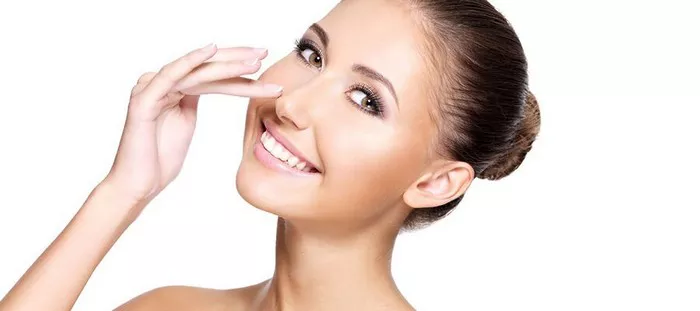Rhinoplasty fillers, also known as dermal fillers or non-surgical rhinoplasty, have become increasingly popular as a non-invasive option to enhance the appearance of the nose. While these temporary fillers can provide immediate results and are generally considered safe, there may come a time when individuals wish to remove or reverse the effects of rhinoplasty fillers. In this comprehensive guide, we will explore the reasons behind filler removal, the methods used for removal, and potential side effects and considerations associated with the process.
Understanding Rhinoplasty Fillers
Rhinoplasty fillers involve the injection of dermal fillers, typically composed of hyaluronic acid, into specific areas of the nose to alter its shape and appearance. This non-surgical approach can correct minor imperfections, enhance nasal contours, and even improve symmetry. The results are temporary, lasting several months to a couple of years, depending on the type of filler used.
Reasons for Removing Rhinoplasty Fillers
There are several reasons why individuals may consider removing rhinoplasty fillers:
Desire for Change: Personal preferences and aesthetic goals may change over time. What once seemed appealing may no longer be desired.
Irregularities or Asymmetry: Occasionally, rhinoplasty fillers can lead to irregularities or unevenness in the nose. Individuals may opt for removal to correct these issues.
Natural Dissipation: Over time, the effects of dermal fillers will naturally dissipate. Some people choose to have the filler removed rather than undergo repeated injections.
Complications: Rarely, complications such as infection, granulomas (small lumps), or adverse reactions may occur. In such cases, filler removal may be necessary.
Methods of Rhinoplasty Filler Removal
Rhinoplasty filler removal is typically performed using one of the following methods:
Hyaluronidase: Hyaluronidase is an enzyme that can break down hyaluronic acid fillers. It is injected into the treated area, and the filler dissolves over a short period. This method is effective for reversing the effects of hyaluronic acid-based fillers.
Needling or Microcannula: In some cases, a needle or microcannula can be used to physically break down and remove filler material. This method is more suitable for fillers that do not contain hyaluronic acid.
Surgical Rhinoplasty: In cases where the individual wishes to completely reverse the effects of filler and restore the nose to its original state, surgical rhinoplasty may be recommended. Surgical correction allows for more precise reshaping of the nose.
Potential Side Effects and Considerations
While rhinoplasty filler removal is generally safe, there are some potential side effects and considerations to keep in mind:
Bruising and Swelling: Like the initial filler injection, removal may result in temporary bruising and swelling. This usually subsides within a few days to a week.
Pain or Discomfort: Some individuals may experience mild pain or discomfort during and after the removal procedure. Pain is usually manageable with over-the-counter pain relievers.
Infection: While rare, there is a minimal risk of infection associated with the removal process. Proper sterile techniques and post-operative care can help minimize this risk.
Allergic Reactions: In some cases, individuals may be allergic to the removal agents used, such as hyaluronidase. Allergic reactions are rare but should be discussed with the treating physician beforehand.
Scarring: Surgical rhinoplasty for filler removal carries a risk of scarring. The extent of scarring depends on the specific procedure and the patient’s healing process.
Temporary Edema: Some individuals may experience temporary swelling or edema following filler removal. This is typically a short-lived side effect.
Follow-Up Care: It’s essential to follow any post-operative care instructions provided by the physician to ensure proper healing and minimize side effects.
Conclusion
Rhinoplasty fillers offer a non-invasive option for individuals seeking to enhance the appearance of their noses. While they are generally considered safe and effective, there may come a time when an individual wishes to remove or reverse the effects of these fillers. Rhinoplasty filler removal can be accomplished through methods such as hyaluronidase injection, needling, or surgical rhinoplasty. While the procedure is generally safe, individuals should be aware of potential side effects and considerations, including bruising, swelling, pain, and the possibility of allergic reactions. Consulting with a qualified and experienced medical professional is crucial to discuss the best approach to achieve the desired results and minimize any potential risks associated with rhinoplasty filler removal.


